VW has decided to update the eighth generation of the Golf, with the aim of strengthening the model’s position among the best-selling and iconic cars in history and establishing itself as the reference in its segment.
In this eighth generation, the model that has already sold more than 37 million units since its first generation, VW opted for an evolution instead of a revolution, especially in the exterior design, with a redesigned front section and little else.
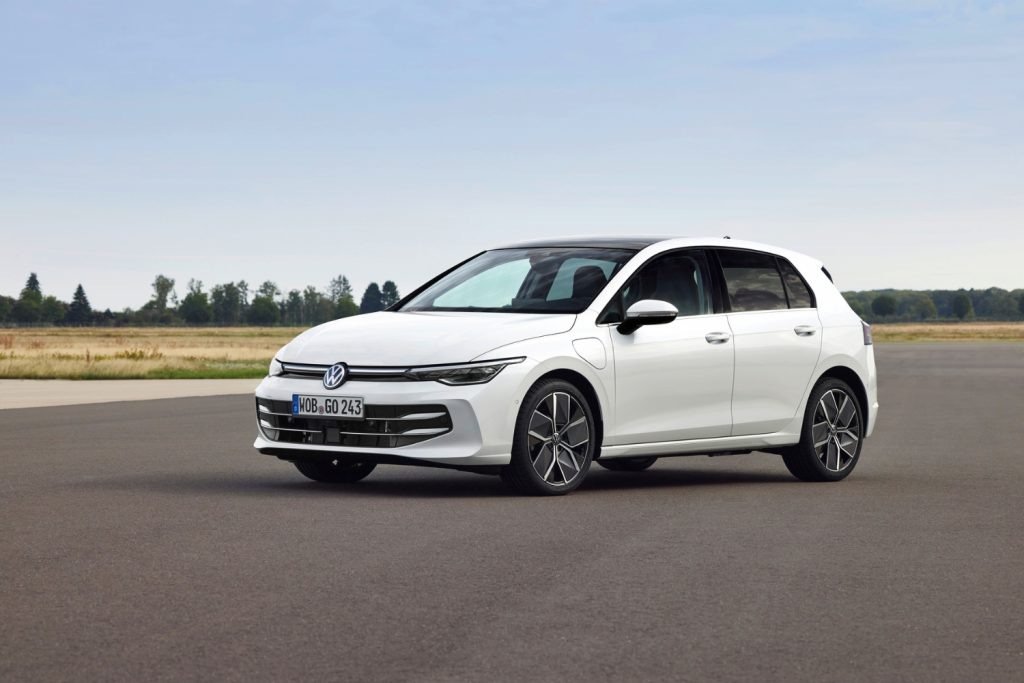
Thus, as the Golf celebrates its 50 years, VW has renewed the model, which features a redesigned aesthetic, a new hybrid engine, and lots of technology.
The updated Golf now measures 4,284 meters in length, 1,789 meters in width, and 1,456 meters in height, with a wheelbase of 2,636 meters, so it does not substantially change the dimensions of the current model.
The aesthetic changes are more significant, as the updated Golf features a new front bumper with larger air intakes, LED headlights, with IQ Light HD matrix option, and an illuminated logo.
The updated Golf is available in 11 body colors, four of which are new: Ice Crystal Blue metallic, Anemone Blue metallic, Oyster Silver metallic, and Granadilla Black metallic. There is also a version with a black roof in the GTI, GTE, and R-Line versions.
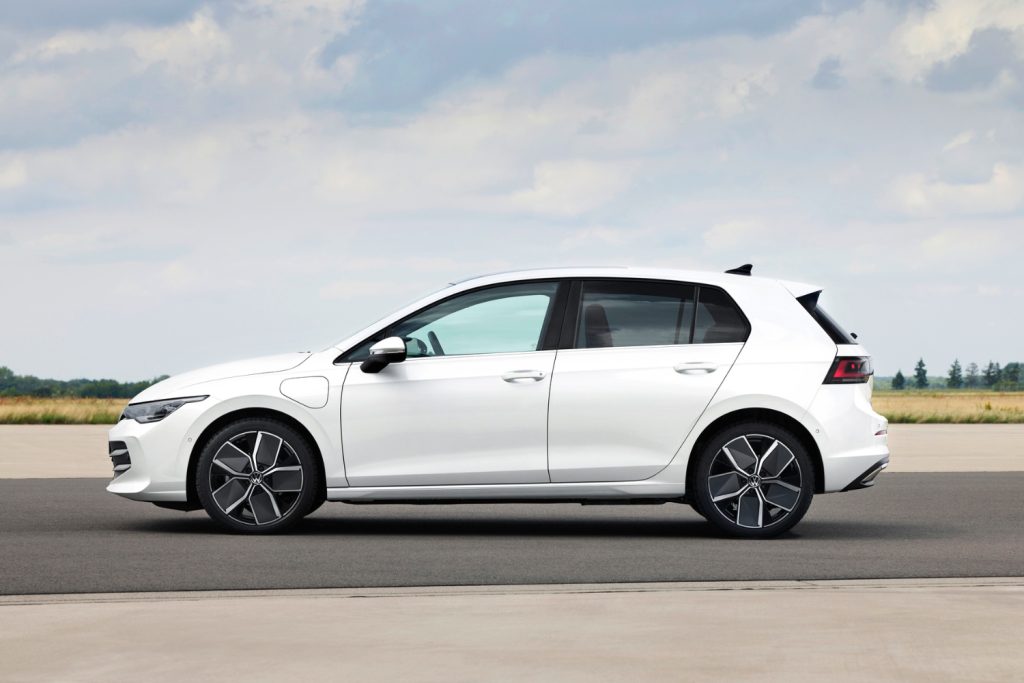
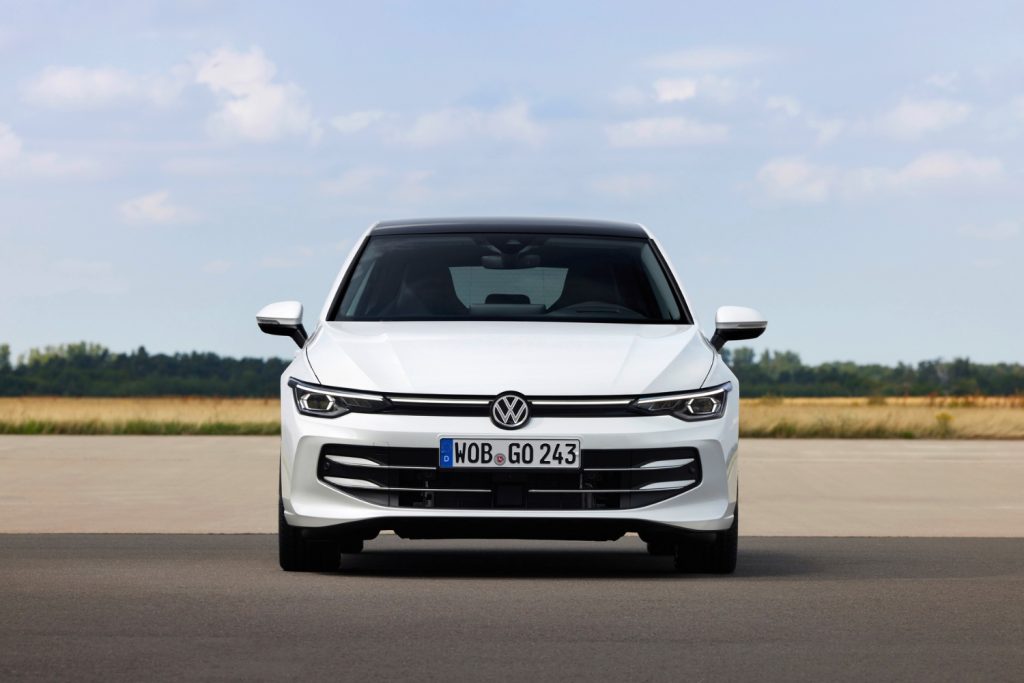
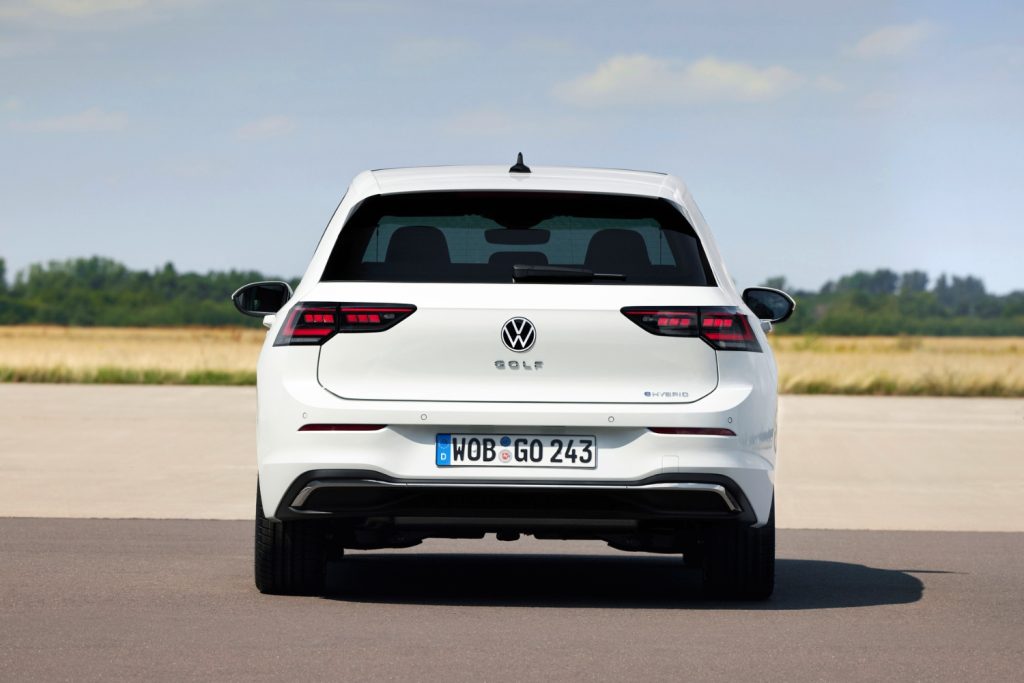
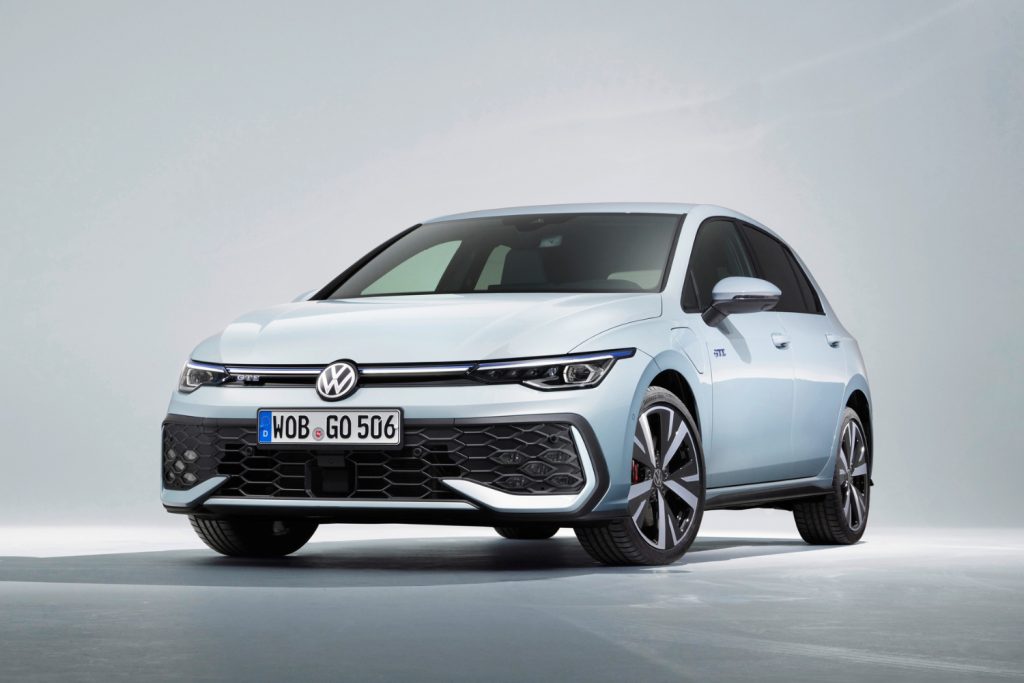
In the interior, the updated Golf features the new MIB4 infotainment system, which equips the latest Tiguan, Passat, ID3, and ID7 models, with reconfigured menus, faster processing speed, and a more intuitive operation, and it has a 10.4-inch or optional 12.9-inch touchscreen.
Also new are the multifunction steering wheel and the new voice assistant IDA, which integrates ChatGPT technology to allow users to receive voice content during the journey. The new artificial intelligence technology allows for controlling the infotainment system and answering general knowledge questions asked by users.
The voice assistant is activated by saying “Hello IDA” or pressing the button on the steering wheel, so that the virtual assistant automatically responds to the driver’s request.
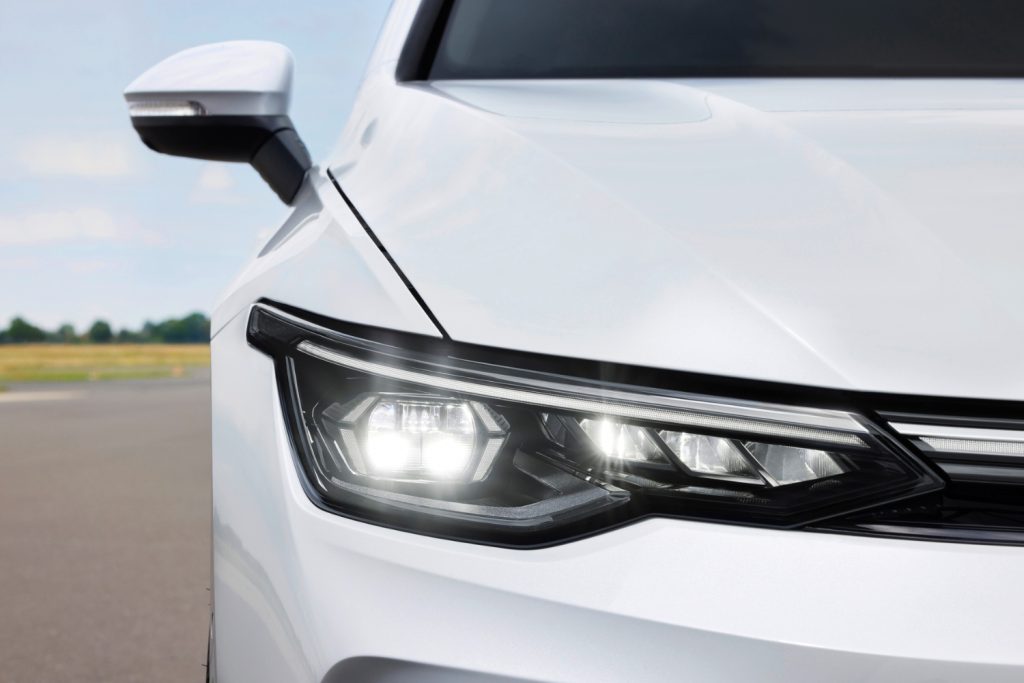
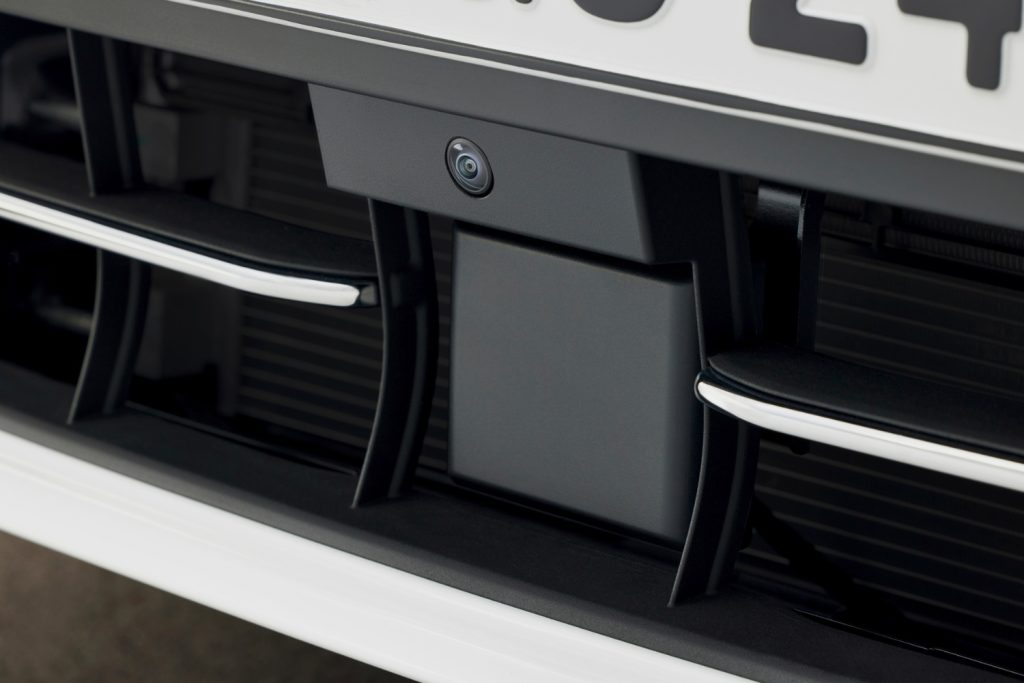


In terms of driving assistance, the highlight is the debut of the 360-degree vision system, Park Assist Plus, and Park Assist Pro as an option, which allows for remote parking of the car via smartphone.
Other novelties include the Area View system, which provides an overall 360-degree view created by merging four cameras to facilitate parking maneuvers.
Regarding the range of engines, the updated Golf exclusively offers four-cylinder options, all currently with front-wheel drive and some innovations in the plug-in hybrid versions.
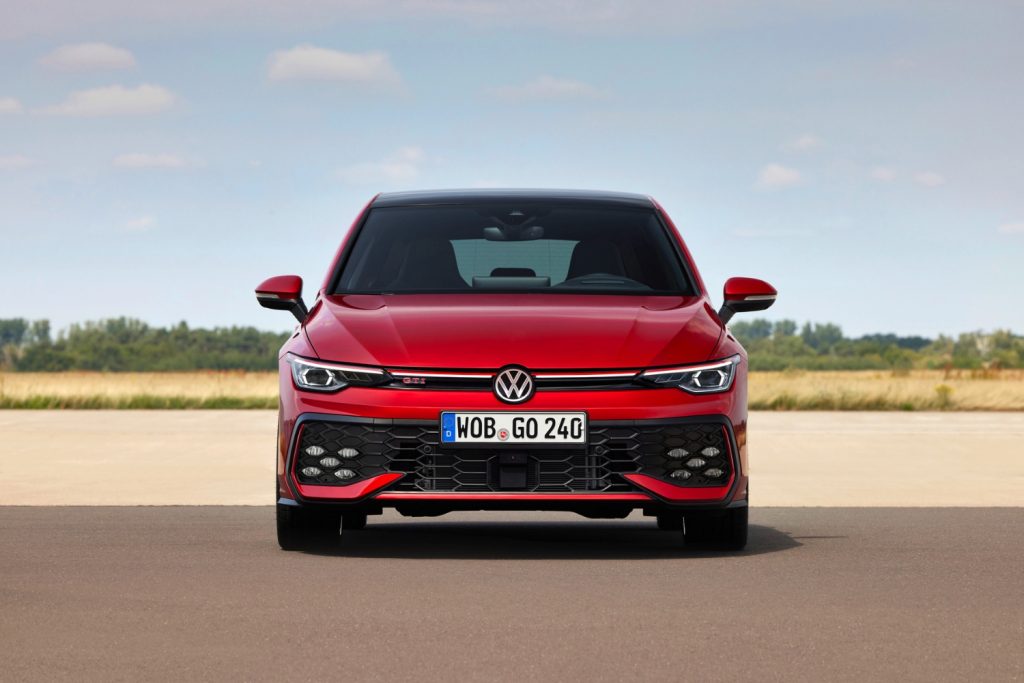
Thus, the eHybrid versions with 204 hp and GTE with 272 hp now make use of a 1.5-liter turbo gasoline engine and a six-speed DSG automatic transmission. In addition, they have a 19.7 kWh battery that replaces the previous 10.6 kWh one, which can be charged at 11 kW in an AC system and 50 kW for DC charging, and according to VW, it promises an electric mode autonomy of about 100 km.
The entry-level variants are equipped with 1.5 TSI engines, with two power levels: 115 hp and 150 hp, and they have 48V technology as well as cylinder deactivation system. These two versions feature a seven-speed DSG dual-clutch automatic transmission.
There is also a version with the 1.5 TSI engine with 115 hp, which does not have the 48V system and features a six-speed manual transmission.
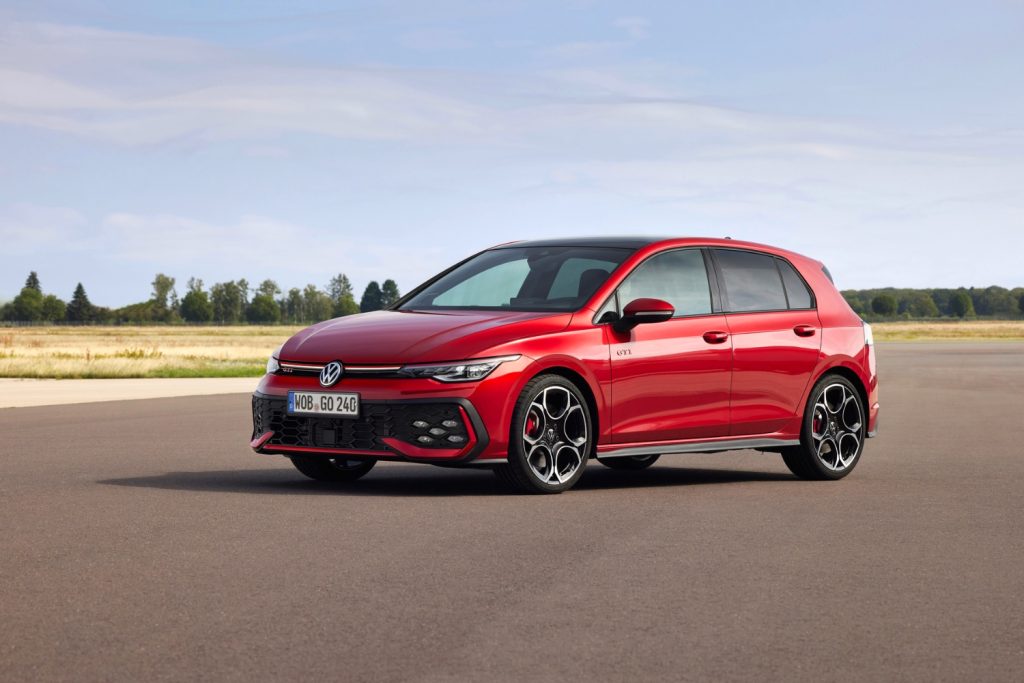
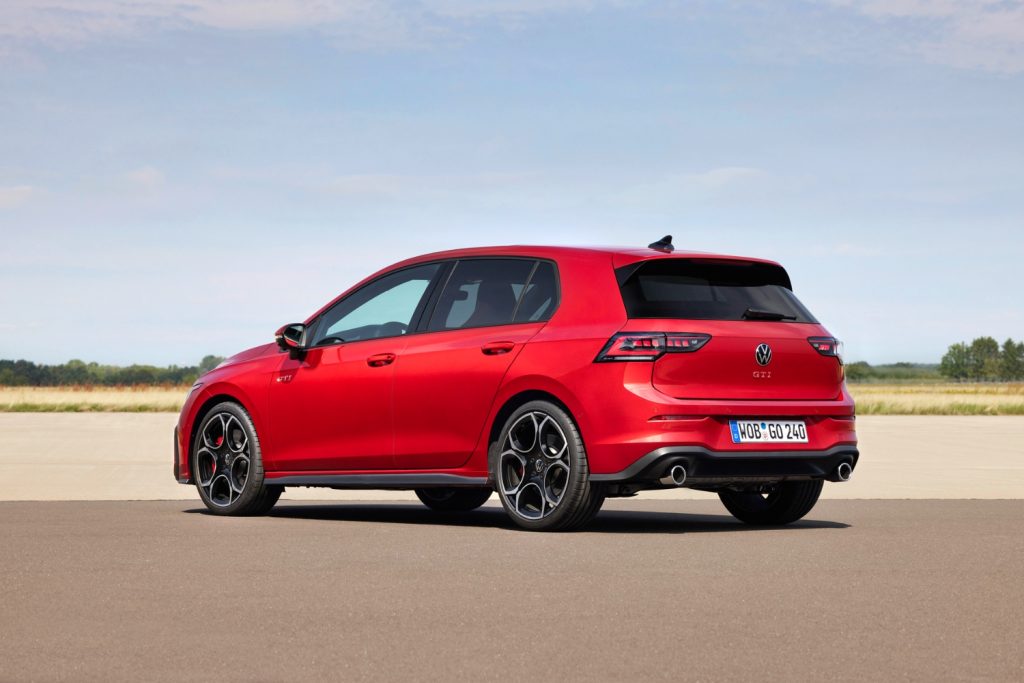
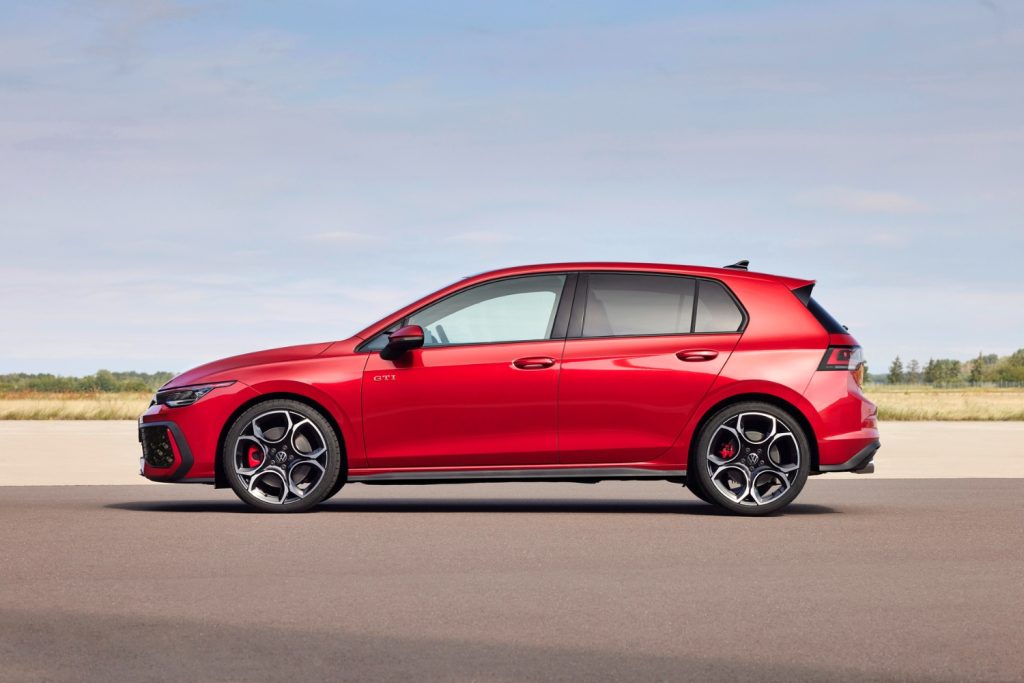

The 2.0 TSI version now has 204 hp, 14 hp more than its predecessor, while in the GTI variant, the same engine delivers 265 hp, which is 20 hp more than before.
Finally, in the diesel versions, it still features the 2.0 TDI engine with two power levels: 115 hp with a six-speed manual transmission and a 150 hp variant that uses a seven-speed DSG transmission.

In the countdown to the presentation of the new Golf (the ninth generation will be 100% electric and is only scheduled for 2028), the renewal of the eighth generation allows the best-selling car of the German brand to gain new momentum.







